How Aragats beat Crimea
Locals in Orgov and Tegher villages of Aragatsotn marz in Armenia have no trouble recalling the construction of a huge dish located nearby, the one-of-a-kind radio-optical telescope. It was this scientific initiative that kept both villages standing, as the Soviet authorities deemed them unpromising due to bad roads and lack of electricity and other amenities.
Soviet Russia wasn’t thrilled with Paris Herouni’s plans to build a radio-optical telescope in Armenia. The Armenian scientist was asked to consider Crimea, where the authorities even found a large natural pit for the purpose. Herouni struggled to get a permit from the government in Moscow for about 17 years before finally bringing to Armenia a scientific project of unprecedented scale.
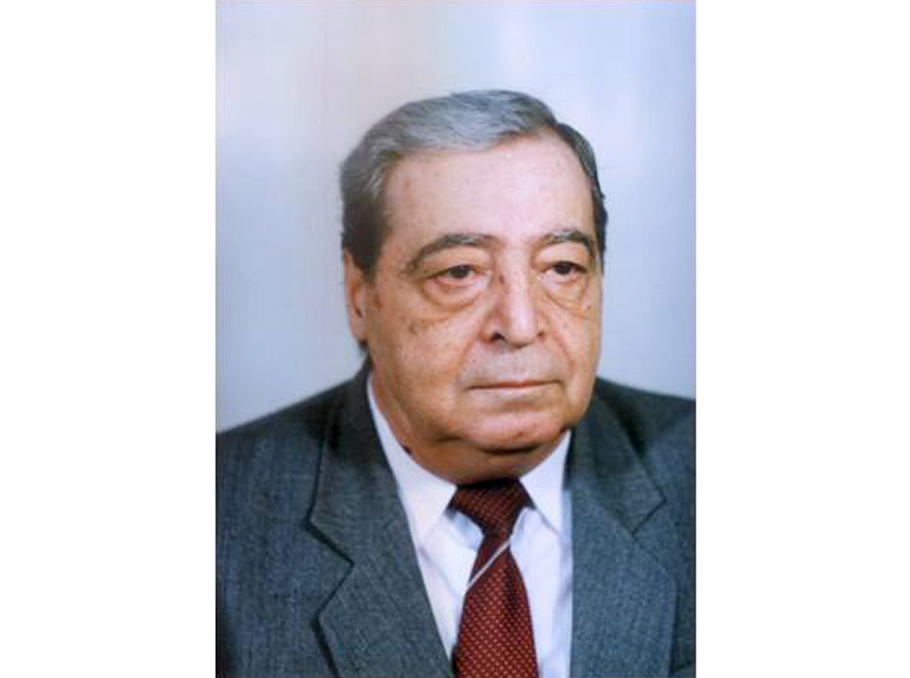 Paris Herouni
Paris HerouniPhoto: from personal archive
Paris Herouni (1933-2008) was a radiation physicist. He founded the Scientific Research Institute of Radiophysics in 1971 and headed it until the last day of his life.
Among other achievements, the scientific and technical legacy of Herouni includes Arev solar power project and the radio-optical telescope, which combines the functions of astronomical and radar telescopes to produce more precise data.
The design and construction of ROT-54/2.6 radio-optical telescope began in 1980. The choice of location was far from accidental: years ago, Herouni searched at length for a suitable spot with this project in mind and eventually determined that the southern hillside of Mount Aragats should be perfect. However, the location was as problematic on the practical side as it was appropriate on the scientific, as the 20th century seemed to have evaded the area and its residents.
Consequently, construction of the telescope was accompanied by road building, electrification of the territory and other improvements. It brought a breath of fresh air to the villages that were slowly becoming deserted. Paris Herouni once recalled in an interview:
“As we were completing the scientific part of the work, Moscow sent a delegation that included Vladimir Kotelnikov, member of the USSR Academy of Sciences. When he saw the scale of the construction, he turned to me and said: “I agree that a Soviet scientist can be the first in the world to suggest an innovative idea, but how come you are the first to undertake the experiment? Aren’t computing technologies more advanced in the West?”
The first fruit of labor
The telescope was commissioned in 1987, and it marked the very first minutes of operation with a breakthrough by registering the radio-flare on Etta Gemini star, which occurred 25 years earlier.
Another discovery followed during the completion of the telescope, when it turned out that the north-south meridian line going through the center of the antenna also passed through the cross on the dome of Holy Mother of God Church in Tegher. Local residents lost no time to make up legends claiming that Paris Herouni’s “cosmic antenna” found extraterrestrial life.
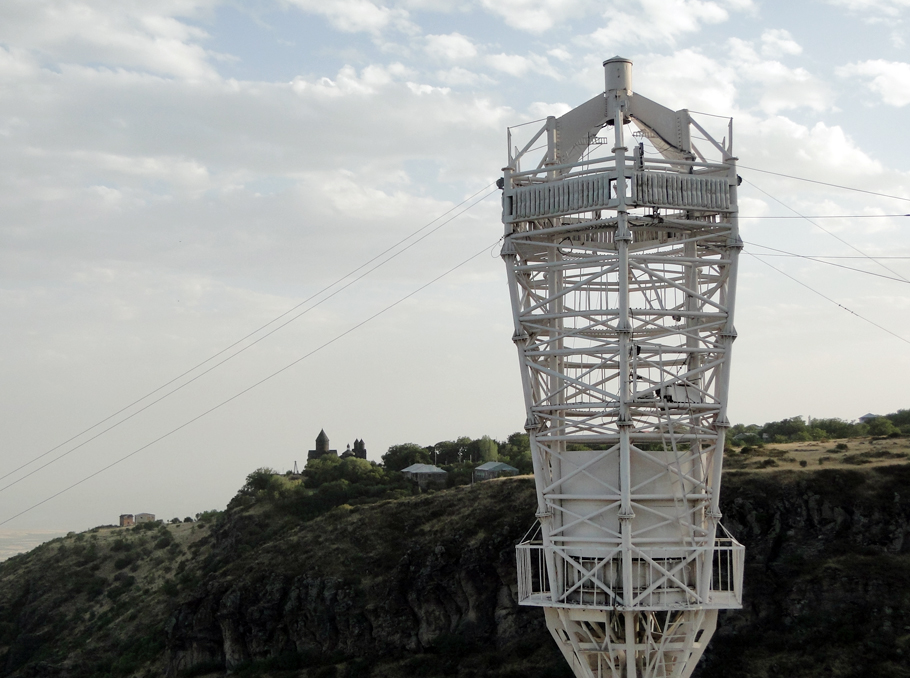
Photo: Mediamax
High precision of the radio-optical telescope’s antenna and the possibilities it opened kindled widespread interest in the international scientific community. The telescope operated even during the energy crisis of the 1990s in Armenia, amid rotating outages, but it stopped working in the 2000s due to lack of financing. Nevertheless, the telescope is operable and still competitive on the global arena.
Despite huge potential, this unique achievement of Armenian science is used for all sorts of purposes nowadays, including as a music video location.
A second chance for the telescope
This year State Committee of Science with the Armenian Ministry of Education and Science formed a commission at the special order of Armenian President to discuss the legal status of the telescope and the possibility of a relaunch.
Head of the commission Samvel Harutyunyan told Mediamax that the latter requires funding Armenia is unable provide at the moment. It can be done only through co-financing, for instance, within the European program Horizon 2020. According to him, at the moment there is no concrete scientific issue that would demand restarting the telescope. There is, however, a suggestion to use the ROT-54 as a science tourism center.
Successor of the school of thought on Herouni’s telescope, drafter of the restart project Arevik Sargsyan says that it will enable Armenia to host foreign students via an exchange program and create revenue in the form of leasing charge.
According to her, the telescope can serve as a base for studies on modern architecture and turn into a prominent science tourism center, joining the list of must-visit places in Armenia. Arevik Sargsyan believes this should secure at least a part of the investment necessary for the restart and further application of the antenna.
On the other hand, the relaunch of the telescope might once again save the residents of Orgov and Tegher from unemployment and emigration. As they say, the history has a tendency to repeat itself.
Angela Kzhdryan















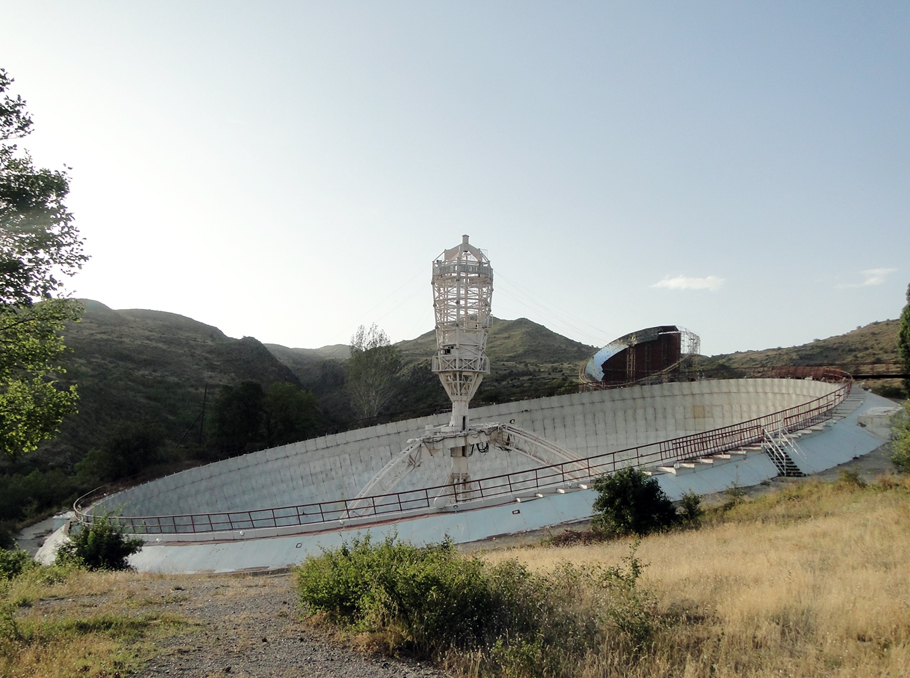



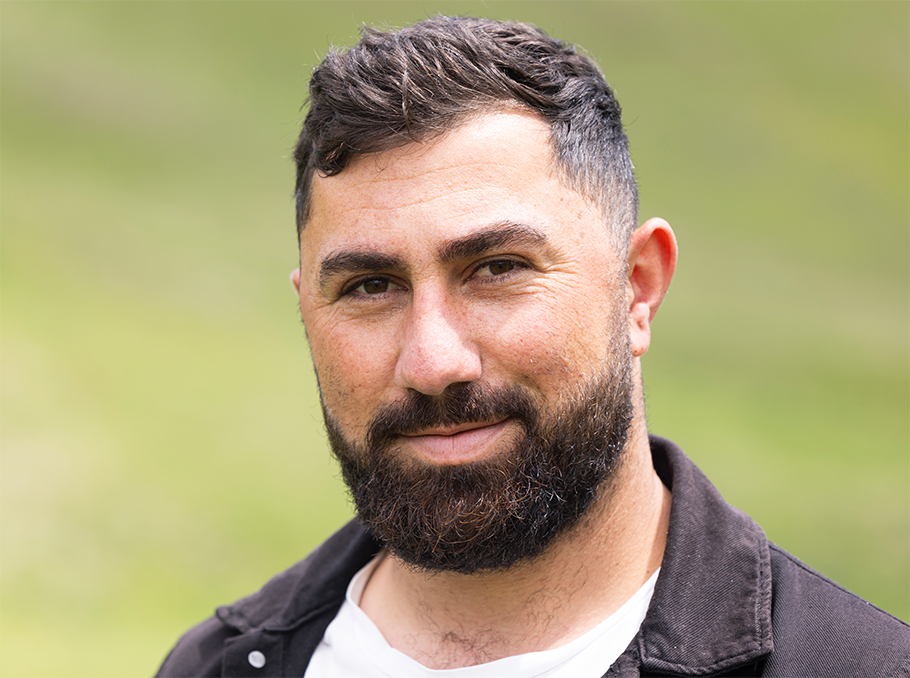
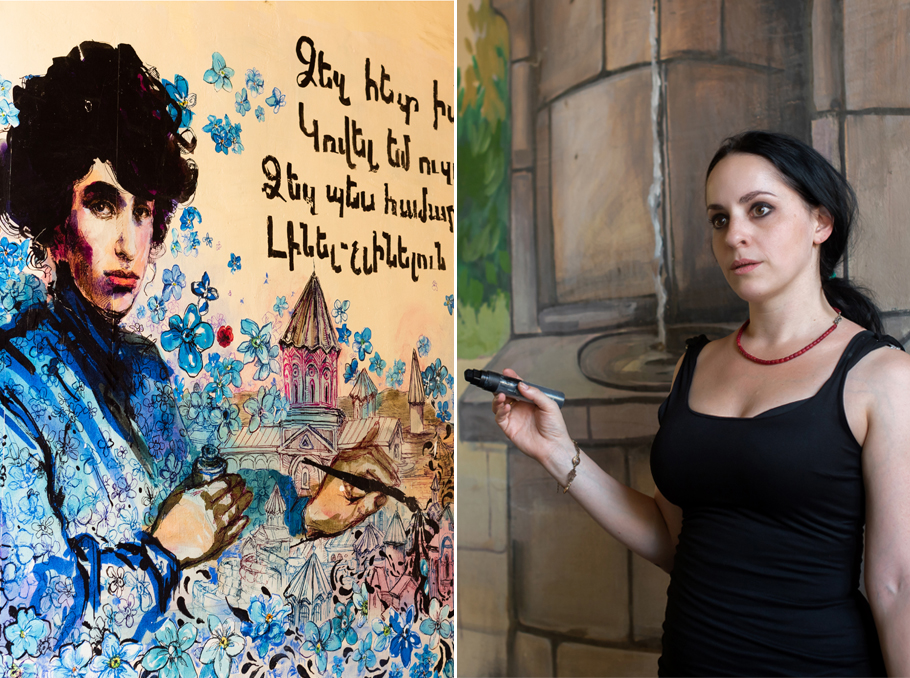
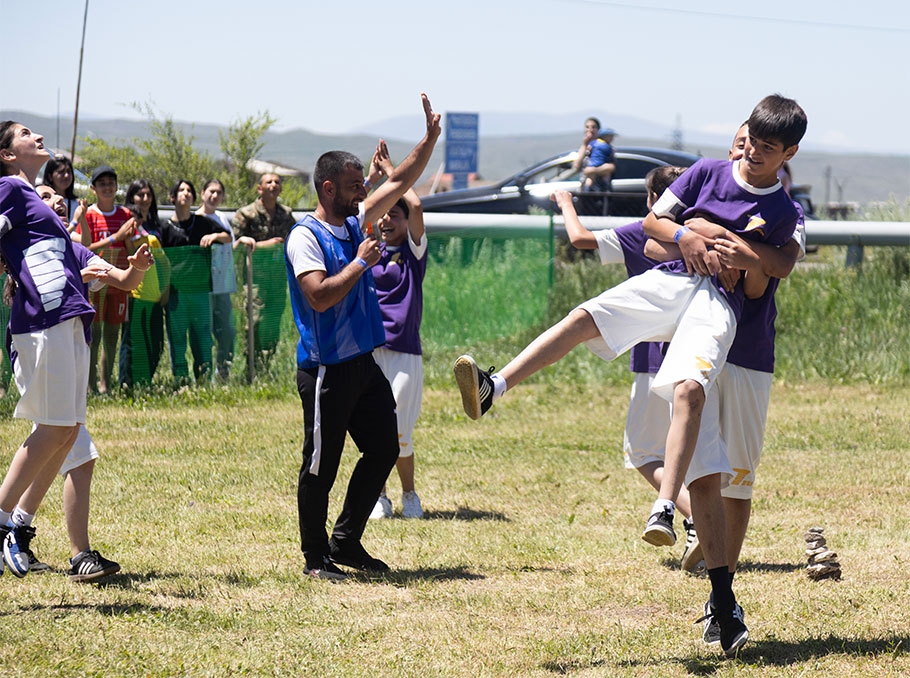







Comments
Dear visitors, You can place your opinion on the material using your Facebook account. Please, be polite and follow our simple rules: you are not allowed to make off - topic comments, place advertisements, use abusive and filthy language. The editorial staff reserves the right to moderate and delete comments in case of breach of the rules.